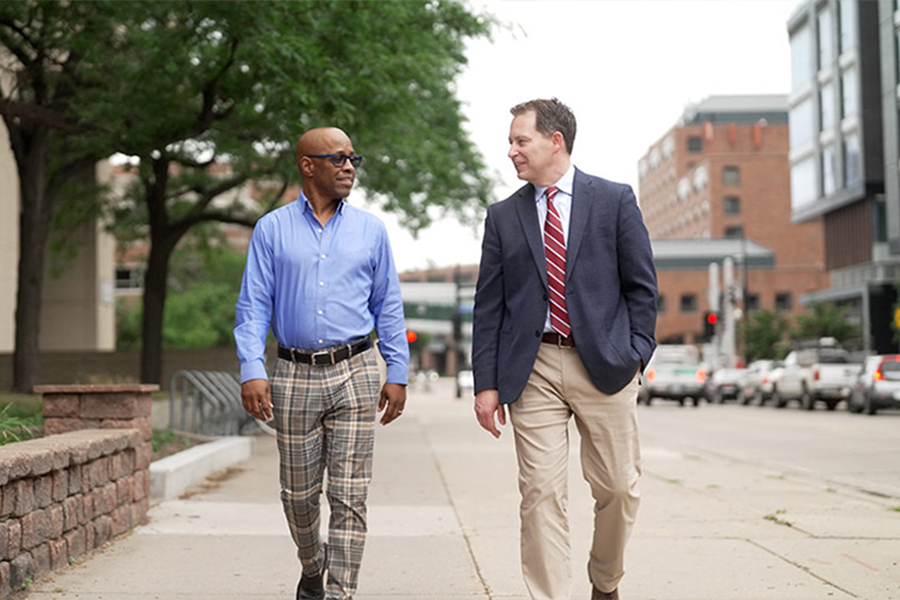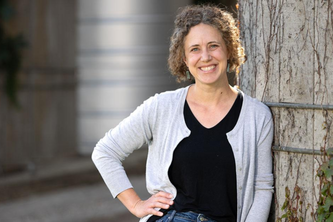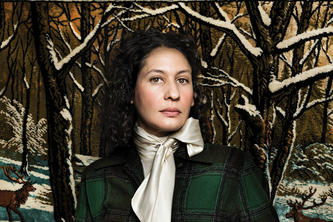
George Surratt felt like the luckiest man in the world when he got a liver transplant. The wait list for an organ is so long that some patients run out of time.
And, so, nine years later, when the Maplewood, MN, engineer turned again to University of Minnesota doctors, this time for a kidney transplant, he was worried.
Could lightning strike twice and allow him to join his wife in watching their two kids grow into careers and maybe even families?
It did, and now Surratt, 56, platform quality director of the Medical Solutions Division at 3M, is the most thankful man in the world, too.
“Someone was gracious enough to gift me with one of their kidneys,” he says. “That still blows my mind.”
U of M professor, researcher, and surgeon Andrew Adams (M Health Fairview, University of Minnesota Physicians), who performed the transplant, says that “George is not only a model patient, he’s a powerful advocate for the work we do.”
A rich legacy at the U of M
Organ transplants have come a long way since the late ’60s, when John Najarian started building the U of M’s program into an international leader. The late surgeon advanced the science by tackling some of the most difficult cases at the time.
Since then, transplants have become routine, with more than 13,000 done at the U of M alone.
“The ability to replace an organ that’s failing in somebody is one of modern medicine’s miracles,” Adams says. “It still excites and surprises me how we’ve made it so easy.”
Still, as common as it is, there are challenges to transplantation, including overcoming our own body’s immune system, which attacks the new organ as an invader.
Another challenge facing transplant medicine, one that Surratt admits tested his faith, is that there simply aren’t enough donor organs to go around.
But advancements in our ability to edit DNA—to take out or add genes—are making animal organs a viable alternative medicine called xenotransplantation.
“This used to be science fiction,” Adams says. “Now it’s looking like the future of transplantation. I’d say in the next three to five years we’ll see clinical trials.”
A second chance
Surratt is a biking fanatic. He had hoped to one day complete a Century Ride—100 miles in one day.
Then ulcerative colitis took him down the road to that liver transplant.
Some nine years later, the anti-rejection drugs he was taking damaged his kidneys and led to the need for that second lightning strike.
Surratt, who has since climbed back on his bike and been able to pedal as far as three miles, is uncertain he’ll ever make that big ride.
But when it comes to passing on his good fortune, he’s all in:
“I got lucky twice. I want to make the most of this. I want to be an advocate. I want people to realize that, as donors, they, too, can be a hero for someone like me.”
- Categories:
- Health





